Benchmarks: Megan Fitzpatrick — I learned the words, and then the craft
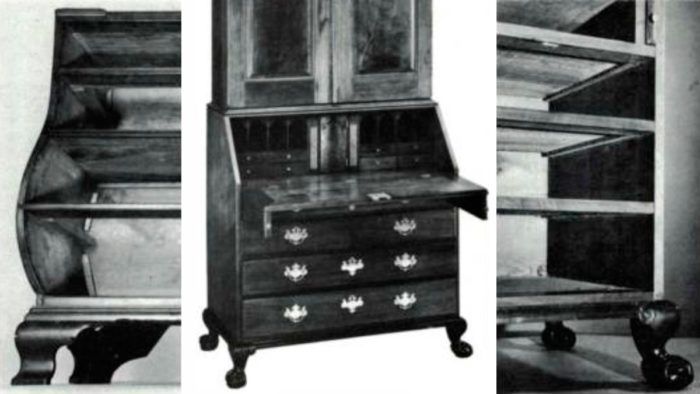
When I was hired as managing editor for a woodworking magazine in 2005, I knew only a little bit about antiques, and had built barely more than a bookcase or two from dimensional pine and L-brackets. I knew what dovetails were, and had a passing familiarity with screws and nails, but that was it. So as with most new jobs, the first task was to learn the lingo – which meant more than distinguishing between rabbits and rabbets or dental and dentil. It’s impossible to copy edit an article on a subject if you don’t know diddly about it. And anyway, I just like knowing stuff, whether I’ll ever use the information or not. (Trivial Pursuit, anyone?)
I immediately began scouring the back issues of all the woodworking magazines I could find to study exploded drawings, and once I knew what was what, I delved into technique articles and books – things that didn’t make much sense until I understood the language. At the time, I didn’t plan to ever pick up a saw, plane or chisel, but all that reading helped me not only to understand woodworking, but also to fall in love with the craft.
So 15 years on, not only is that nomenclature important to know as a woodworking teacher, writer, and editor, but also as a maker. Studying the names and placement of parts taught me how things go together and helped me to articulate better questions and better answers to questions.
And often when I start a new project – particularly a complicated one – I still go back to books and articles. After all, there’s only so much room in my head for the difference between a scotia and cavetto, and just about every time I study how things go together, I learn something new or think of a new way to approach an operation. Plus, simply looking at masterful projects helps to make my own work better.
Here are just a few of the excellent articles from the Fine Woodworking archives that I’ve found invaluable over the years for learning what’s what, and what goes where.
Megan Fitzpatrick
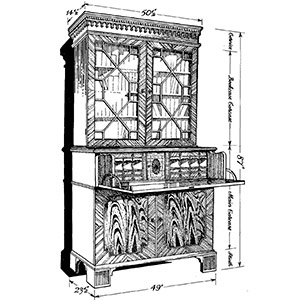 |
Building a Secretaire-BookcaseLots to learn from this 18th-century case study Victor J. Taylor |
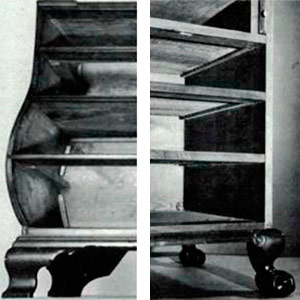 |
Variations in 18th-Century CaseworkSome ‘old masters’ built better than others Wallace B. Gusler |
 |
Wooton Patent DesksA Victorian innovation in office furniture Deborah Cooper |
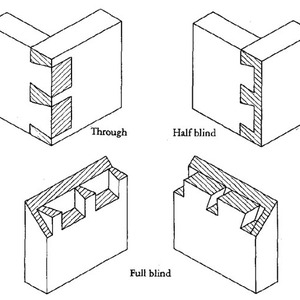 |
Carcase ConstructionChoosing and making the right joints Tage Frid |
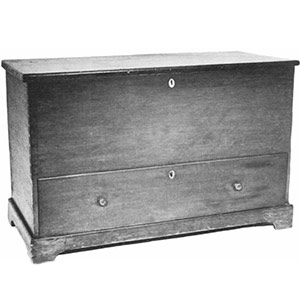 |
Shaker Blanket Chest From 1837A new book of measured drawings John Kassay |
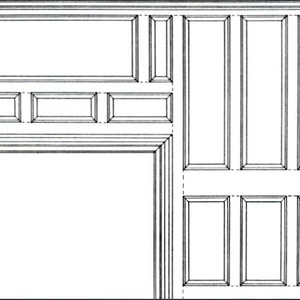 |
Paneled Doors and WallsColonial workmen relied on the right planes Norman L. Vandal |


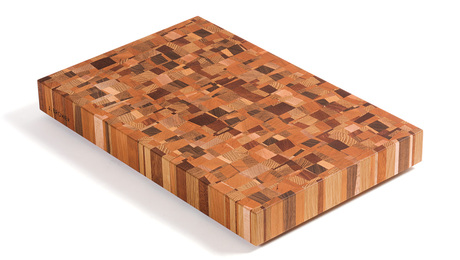
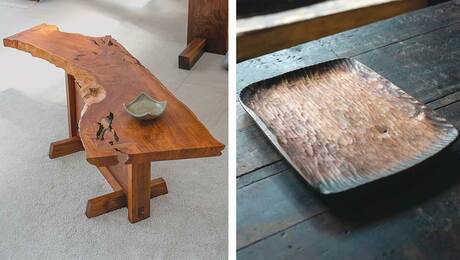
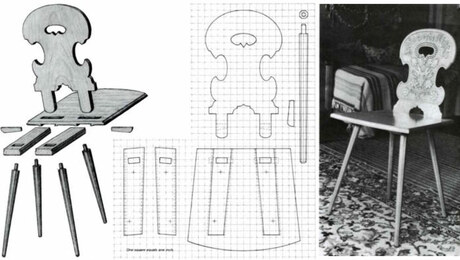
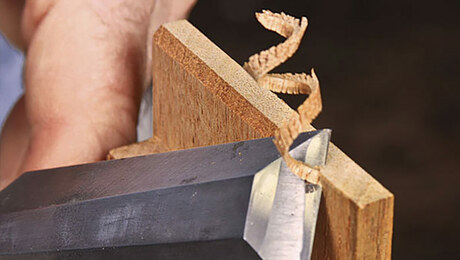

















Log in or create an account to post a comment.
Sign up Log in